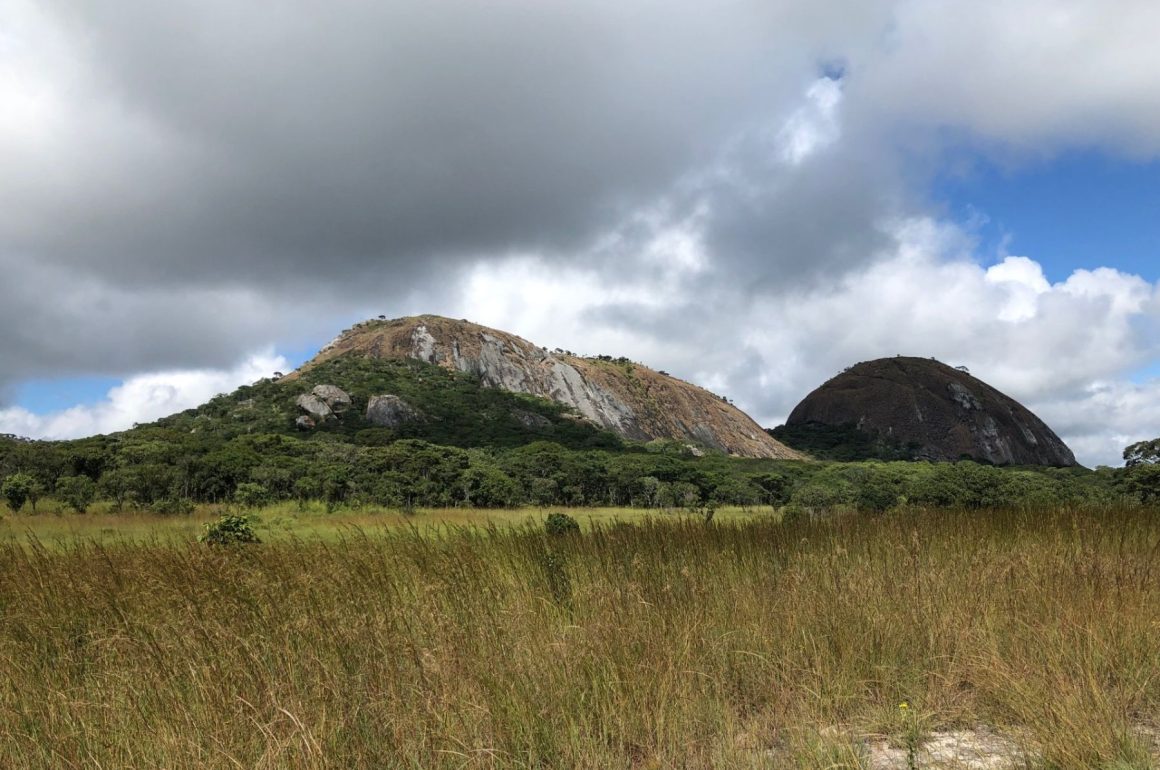
The dramatic granite outcrops erupting out of lush miombo woodland in Mutinondo Wilderness form one of northern Zambia’s most well-known sceneries. Birders in particular flock to this place to wallow in the range of miombo and dambo (wet grassland) specials that can be found here. It was therefore clear that on a recent tour that took me from Botswana through Zambia and Tanzania to Kenya by bus and bicycle, I had to pass by this place to savour the rich pickings both in birdlife and scenery. To limit the weight I carried on my bike, I downgraded my usual DSLR/telephoto lens combination to a small point-and-shoot camera, rendering this post unable to visually represent the stunning scenery and birds I encountered.
I had initially imagined only a brief stay in Mutinondo, but a knee injury proved to be a blessing in disguise (at least in this regard!) as I ended up exploring the miombo woodland and the network of dambos that snake through it for four full days. Some of the specials, most notably Bar-winged Weaver, eluded me nonetheless. According to the managers at Mutinondo, however, this bird is becoming increasingly rare in the area, a worrying trend for a species with such a small distribution. Even more desireable in Mutinondo is the Chestnut-headed Flufftail, a bird that blurs the line between exceedingly rare and near-mythical. With – to my knowledge – no photographs having ever been taking, this species is often said to be one of Africa’s rarest breeding birds. It goes without saying that I also dipped on this cunningly elusive beast.
That being said, the offering of species was by no means restricted to dull, common birds. One of my favourite species in Mutinondo was the White-bellied Cuckooshrike. This bird was a guaranteed attendant at bird parties, but I still tried to get a better sighting of its silky white and grey plumage every time. This is partly because its illustration in southern Africa’s Roberts bird guide is still burned into my mind, being one of the species I most wanted to see – but never did – while growing up in South Africa. eBird’s description of this bird as being “chunky” is in my opinion rather an insult to its elegance.
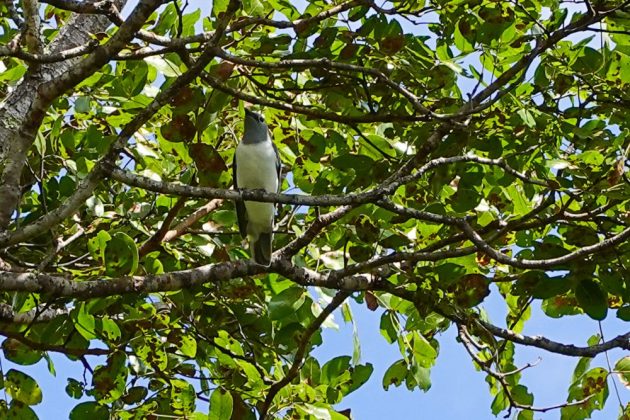
When fortune largely evaded me in the dambos (aside from Swamp Nightjar and Fülleborn’s Longclaw), I continued to focus my attention on the miombo. Here, I was rewarded with a good deal of specials, from Ross’s Turaco and White-headed Sawwing to Black-backed and Anchieta’s Barbets. The latter is one of the site’s most desireable species and can often be hard to find, so I was glad when I found an obliging individual of very similar cousin, the Whyte’s Barbet, which was also in evidence. Flycatchers were particularly abundant and included the attractive and uncommon Böhm’s Flycatcher. Most, however, were African Dusky Flycatchers.
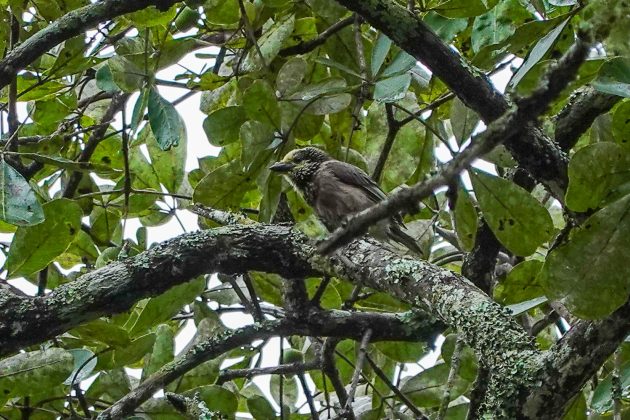
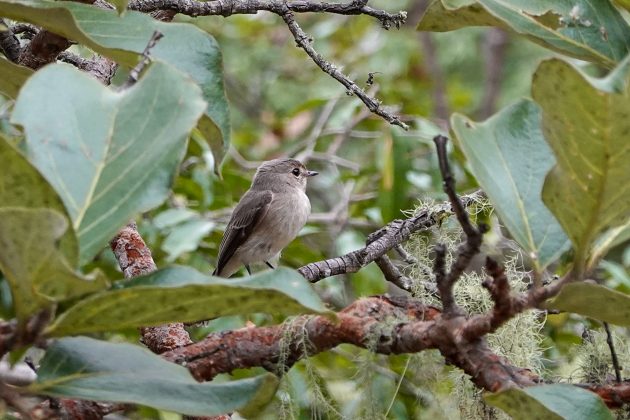
The stunning scenery was more than sufficient to keep me content during the dry spells between bird parties – which, as anyone who went birding in miombo woodland knows, can feel like ages. During such phases of inactivity in miombo birding outings in the past, I more than once questioned why I thought that it would be a good idea to trudge through the bush trying to find a creeper or hyliota that is probably never going to show up anyway. In Mutinondo however, not only did both a Yellow-bellied Hyliota and African Spotted Creeper show up in the same bird party at one point, but the lovely lichen-covered Brachystegia was a delightful setting to stroll around in. And then there are the granite domes rising spectacularly over the endless miombo, like the Sagrada Família rising out of the jungle of buildings in Barcelona – only much more imposing. Equally impressive is that many avid Zambians flock to Mutinondo each year to partake in the annual 10 Peaks Challenge, a running competition traversing the peaks of these so-called whalebacks.

While appreciating the vegetation and inspecting the impressively shape lichen on the trees, I noticed how many interesting critters there were around, including colourful grasshoppers, giant millipedes, hairy caterpillars and, on the campsite, scorpions. These were all good distractions when bird activity was low.
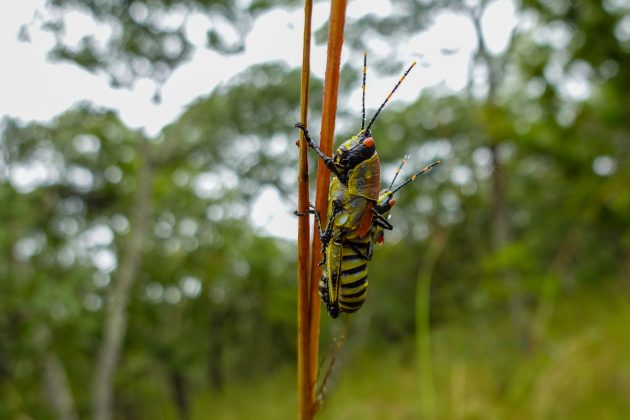
My stay was made even more enjoyable by the managing couple David and Kyla. They were not only extremely welcoming hosts, but also great company to go out birding. They were also very helpful, and with my knee still recovering, Kyla’s parents gave my bike and me a lift towards the border with Tanzania.
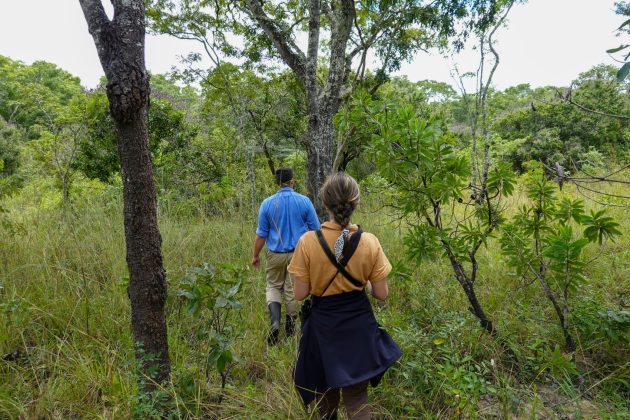
Mutinondo has a beautiful sense of vastness and the relative absence of dangerous animals (although lions are apparently becoming more regular) makes it very enjoyable to walk around freely. I’ll definitely be back, although I would again opt for some more relaxed birding instead of the 10 Peaks Challenge.


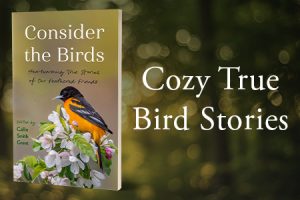

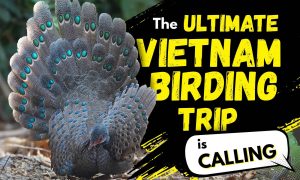
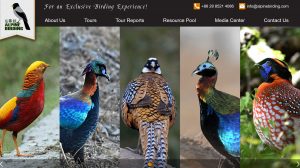
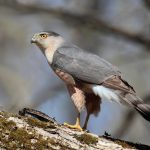
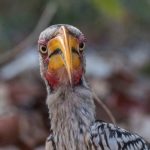
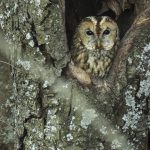
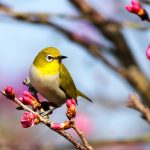

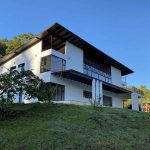
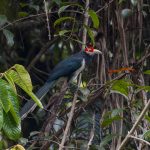
Leave a Comment